

Do 24T

The Do 24 was originally designed to meet a requirement of the Netherlands. They were looking for something larger and more sea worthy than the Do 18 currently being built for the Luftwaffe. It's design used the sponsons that the Do 18 used but was a much larger aircraft. Dornier envisioned using the same diesel engines as the Do 18 using 3 of them instead of 2 but the Dutch preferred air cooled radials (R-1820 Cyclones) that they were getting on their bomber aircraft which they had ordered from the US. Dornier's manufacturing capacity was full so it was arranged to have them licensed built by their Swiss subsidiary. The Luftwaffe showed little interest in the aircraft since the Bv 138 was being built to fulfill the same requirement. However the battle of Britain showed the need for more air sea rescue craft and since the Dutch factory that built the license version was captured virtually intact it was decided to continue build the aircraft for Luftwaffe use. The "T" version used Bramo Fafnir engines to replace the Cyclones. The Do 24 saw service in practically all areas and eventually equipped 15 search and rescue Staffeln
The Kit
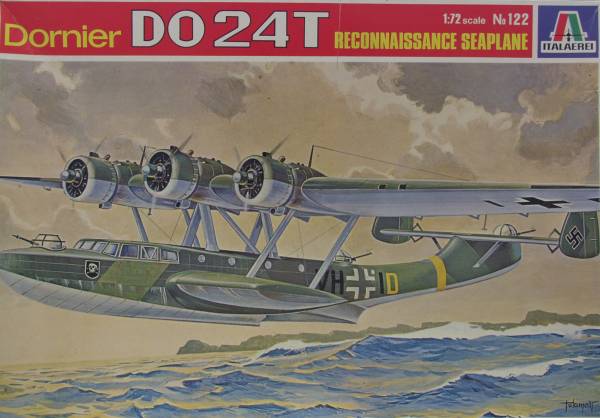
The Do 24 has been released by Testors Italaerei, Italeri (newer spelling) and Revell. The box photo above is an older Italaerei release, the one I'm building is the Testors release. Its box had seen its better day and was not photogenic. The Testors release came in a dreaded end flap box but it did have one redeeming feature, inside the box was a slide out tray. Inside the tray was one bag with two large sprues. The clear parts were outside the bag. The parts are molded in a very dark gray color and feature recessed panel lines and a few raised rivets or fasteners. The panel lines are a little too wide for the scale but should look OK under a coat of paint. The surface has an unusual texture to it. It not like orange peel but more like the surface was sand blasted. It seems to be the worst on the fuselage and less on some of the other major pieces. The smaller detail pieces do not have this. I'm not sure but the fuselage looks like it will need to be sanded lightly or given a couple coats of Mr. Surfacer 1000 to make it look smooth.
The parts are cleanly molded with almost no flash and only parting lines to clean up on the smaller parts. I did not find any sink holes or other major defects on the main air frame structure but there were some monster sink holes in some of the wing support braces. The control surfaces are fixed except for the elevators which are separate but not meant to be movable. The cockpit is pretty standard for 1/72 with basic parts, rear bulkhead and floor, seats, control columns, instrument panel and a couple of rather skinny looking crew members. The engines also are pretty much the standard fare for 1/72. They are crisply molded and should look OK painted up. As is usually the case the rather complicated cowl support struts are not modeled. The kit comes with a cradle to sit the model in when complete. While a beaching dolly might have been better this will suffice. There are a total of 87 parts molded in gray.
The clear parts are of variable quality. The main canopy is of medium thickness and nice and clear while the turrets and other glazings are not as clear. Unfortunately the main canopy is the thickness of the plastic or more wider than the fuselage which would be very difficult to compensate for. There are a total of 19 clear parts, four of which are the parts for the display cradle bring the total parts count to 106 parts. See photos below.
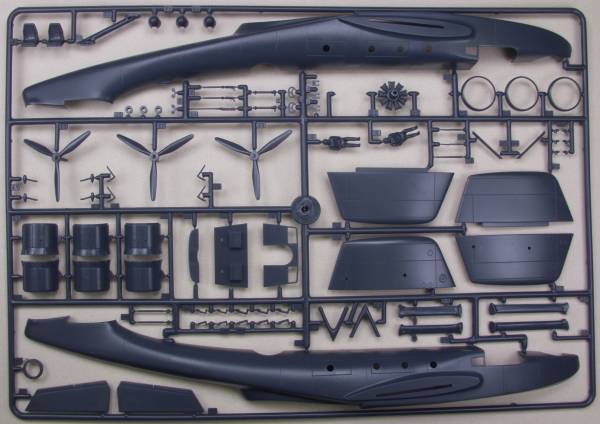
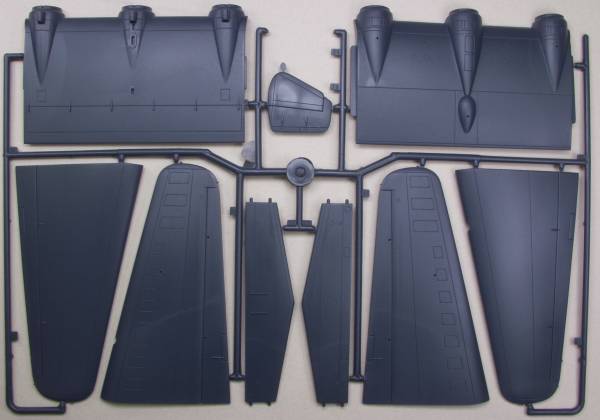
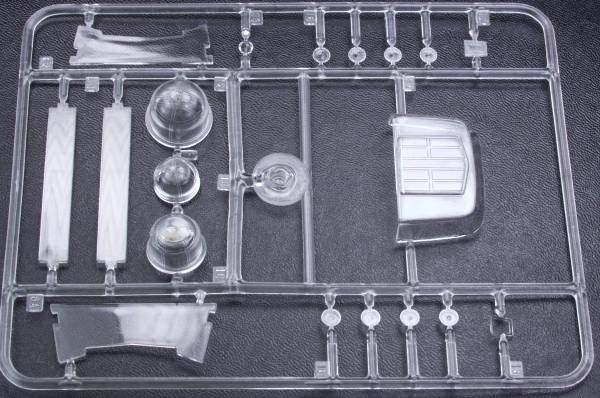
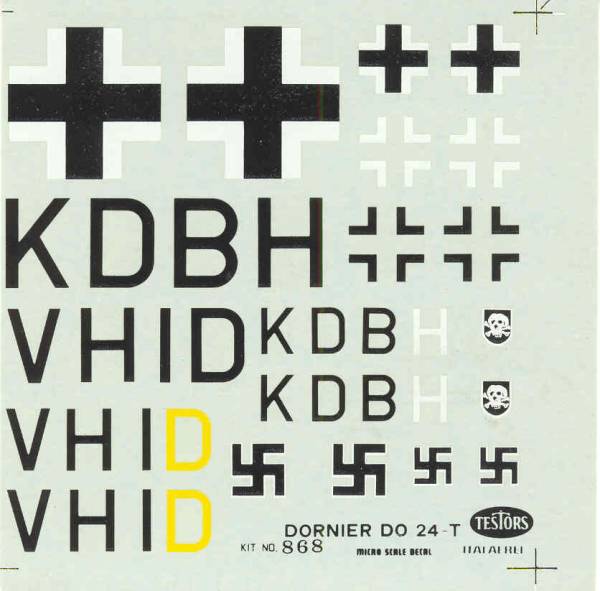
Fortunately Squadron [9173] has a vacuform replacement set of glazings, at least for the main canopy and turrets that solves the main canopy problem. See photo below.
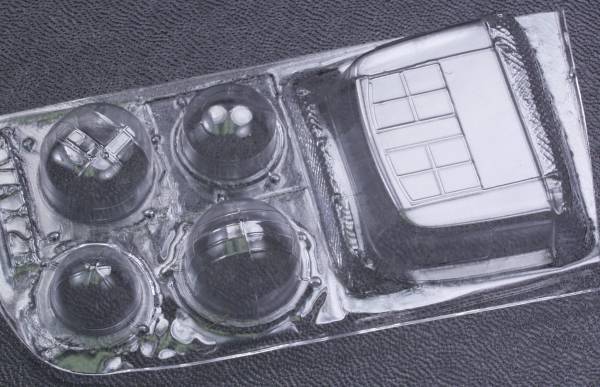
References
A walk around of a preserved Do 24 in a Netherlands museum can be found here.
Updated 5/10/08